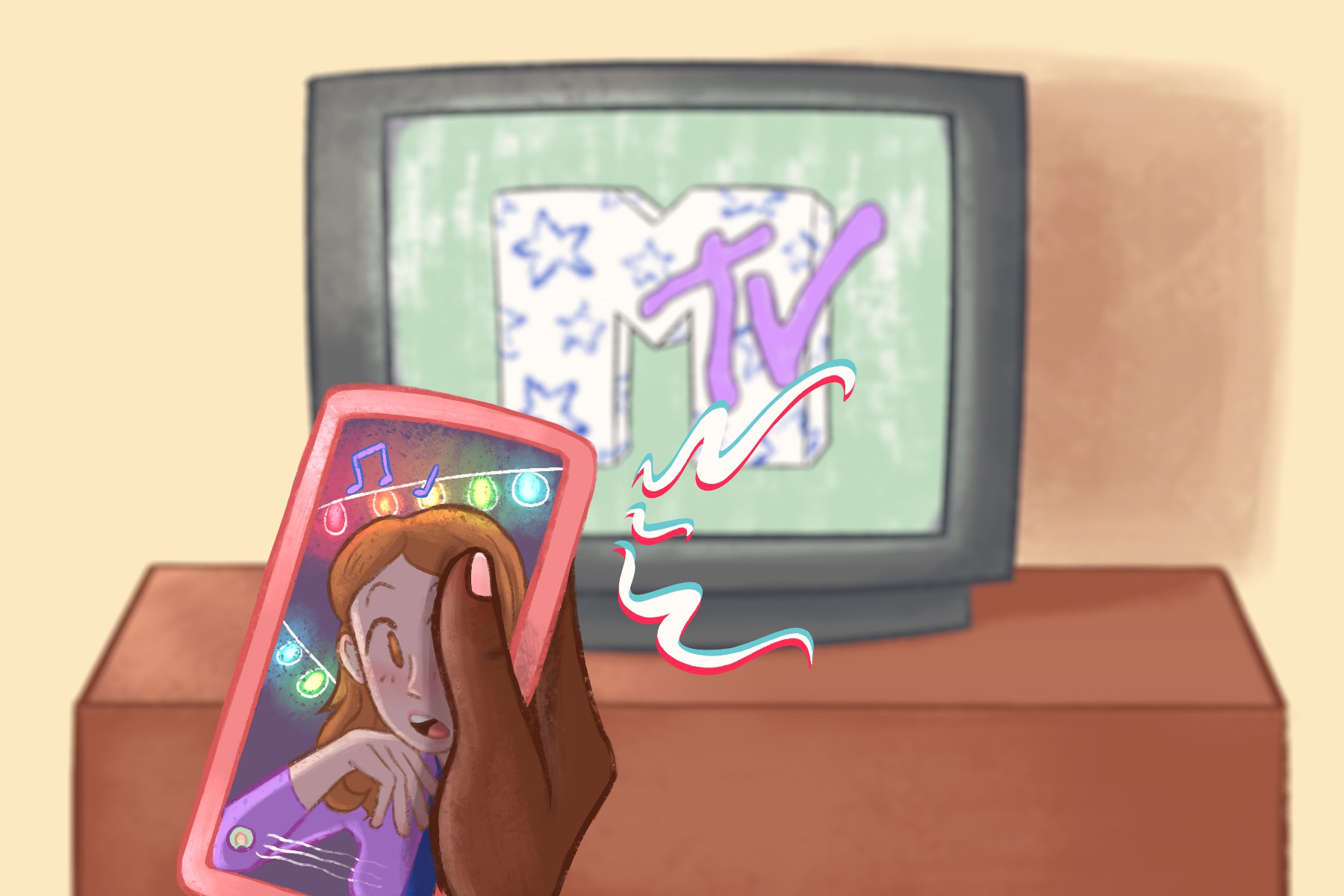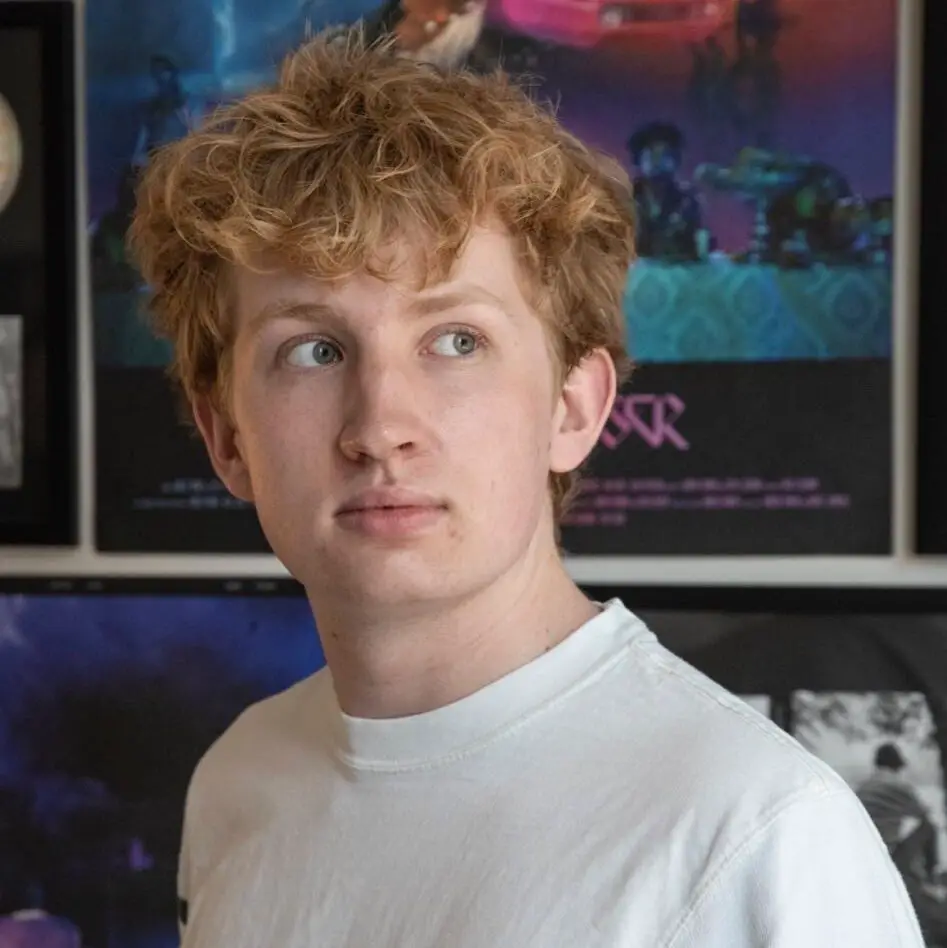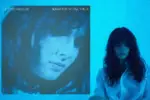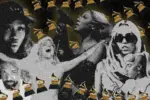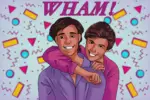Over the course of 128 years, the music video has taken on different shapes and forms. Music videos currently find themselves at a crossroads between simple visualizations and blockbuster storytelling.
Though MTV is undoubtedly responsible for the popularization of the format, music videos actually date back to 1895, when the very first one was filmed at Thomas Edison’s studio in West Orange, New Jersey. The Kinetophone, invented by The Edison Company, was used to play the very first “music videos.” Through a small viewing hole on the top of the Kinetoscope machine, viewers saw musicians playing instruments while a phonograph inside the cabinet emitted music.
By the early 1960’s, a new type of jukebox called the Scopitone was created to play music videos. The Scopitone operated just like a traditional jukebox, requiring a coin or two to play the desired video from a list of options. The machine’s intended audience was bachelors at bars, and the featured videos were used to distract bar-goers long enough to put more money in the machine. The invention of the Scopitone showed record labels the importance and possibilities of the visual format, and the machine stuck around into the 1970s until MTV took over its duties.
On Saturday, August 1, 1981 MTV changed music forever when they revived the art of the music video. In their very first broadcast, “Video Killed The Radio Star” by the Buggles reached television sets across the nation just after midnight, and reinvigorated the art of music videos to their fullest potential.
MTV, short for Music Television, struggled to find its footing during its first few years, even garnering criticism from David Bowie in 1983. The network quickly began to expand its catalog of videos from artists across genres in response to Bowie’s criticism. As the network grew in popularity, artists quickly began to realize just how important it was to create good videos—perhaps just as important as creating good music. Artists such as Prince, Chaka Khan and Gloria Estefan all began producing more elaborate visuals to release alongside their singles. With the new and popular visual format, it became standard for every artist to be both visually and musically talented.
This era of MTV’s dominance proved to be an immensely important tool for propelling new acts into the spotlight, and giving new life to seasoned performers. At MTV’s inception, music videos were simply visualizations of songs. But shortly after the format took off, videos became opportunities for large-scale (and sometimes controversial) spectacles and thought-provoking interpretations of the music being promoted.
Michael Jackson’s “Thriller” is undoubtedly one of the biggest and most iconic video releases in music history. Jackson expanded upon the typical music video format to create a 13-minute mini-film. But more than being a visual spectacle, “Thriller” is an example of how music videos created phenomenons that set trends and started cultural conversations.His iconic red leather jacket is widely recognizable even for those who have not seen the video. Music videos became opportunities to tell stories and create worlds of their own instead of just putting moving pictures to sound.
But as time went on and the new millennium approached, MTV began to phase out of playing music videos and focused on original programming. By the early aughts, shows such as “The Real World” and “MTV Cribs” took over the network and pushed music videos to the side.
Music videos found a new home with the creation of YouTube in 2005. The social platform quickly proved to be a cutting edge way to premiere videos and track exactly how much each was viewed, thus indicating popularity. Most importantly, the platform remains free and allows music videos to be more accessible than ever before.
Because of the new way music videos could be released, the contents of videos also began to change. In the 2010’s, it was more popular than ever to use music videos as both a visual representation of the song, and a sponsored ad for a product.
For example, the Beats Pill speaker alone appeared in countless music videos throughout the decade.Miley Cyrus, Britney Spears and Nicki Minaj featured the product in some of the most popular videos of the decade. It seemed that it was more important to promote products during a video than create a cultural spectacle. Despite not-so-subtle product placements taking over the video landscape, a decent amount of artists remained dedicated to the visual medium.
Expanding upon the mini-film format popularized by “Thriller,” some artists have created hour-long features to accompany a full album. Beyoncé, Solange, Janelle Monáe, Kacey Musgraves, Halsey, and Fall Out Boy have all released accompanying films with their music in recent years. Though film adaptations have increased in popularity, standard-length videos remain largely lackluster and mediocre. Miley Cyrus’ recent music videos have all been aesthetically pleasing, but lack any sense of story, individuality and shock—the makings of a great music video.
Music videos have unfortunately lost much of their importance in the modern digital world. Because of the boom in short-form media on social platforms such as Instagram, TikTok, and Twitter, artists and their labels have devalued music videos. Similar to the early MTV days, many videos are now simply compilations of aesthetically pleasing footage strung together to appease audiences hungry for visuals.
Artists have likely lost interest in creating expansive videos because they fail to boost sales and create buzz in the way that they used to. Streaming has undoubtedly changed the way that music charts, and thus has impacted the production of videos because they generate less profit. Why spend days filming a million dollar music video when an artist could create just as much buzz with a 15-second TikTok? Contrary to what label executives and artists may believe, the answer is that music videos still matter.
Music videos create an opportunity for artists to define their aesthetic individuality and redefine themselves. Whether creating a cultural phenomenon is of interest or not, videos are a way for artists to show off career-defining fashion, choreography and acting that makes their music even more memorable. Sure, most can recall the lyrics to “…Baby One More Time” by Britney Spears, but it’s the iconic choreography and school girl outfit she donned that sticks with audiences all these years later. When executed properly, music videos transform our favorite songs into visceral escapades that stick with us for a lifetime.


